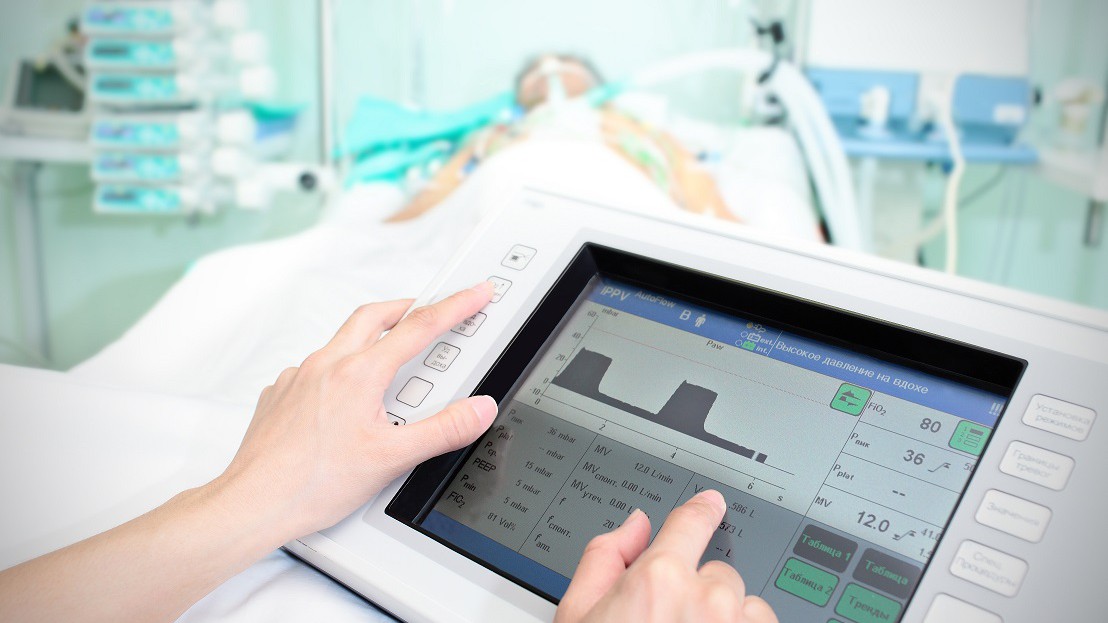Chiropractors aim to relieve pain in their patients and increase their range of motion. Chiropractors accomplish this objective through adjustments or realigning the patient’s bones, especially their spine.
While chiropractors still perform adjustments by hand, many utilize tools in their neverending quest to provide the highest quality patient care. We cover six tools in today’s article and why they should be found on your chiropractic equipment list.
Chiropractic Activator Tools for Precise Adjustments
Article Guide
Activators and other adjusting tools deliver precise pressure to move patients’ bones and relieve discomfort. Activators can also increase the life of your practice as you won’t have to do as many adjustments by hand. Based on these advantages, ensure you have a few manual activators on your chiropractic equipment list. Consider powered models as well if they’re within your budget.
Chiropractic Tables For All the Right Treatments
Chiropractic tables are indispensable for any practice. The right one brings benefits from increased patient comfort to easier chiropractic adjustments.
When purchasing tables, carefully consider the needs of your practice. Many, like massage and flexion-distraction tables, specialize in a particular use or treatment. Review each table for features such as:
- Adjustable height to work with various differently-sized patients.
- Table weight, especially if you travel a lot to see patients at their locations.
- Have built-in drop pieces so that section of the table will drop when you apply pressure to that part of the patient’s body.
- High-quality upholstery to make the table easy to clean and maintain between patients.
- Have safety mechanisms such as locking and padding for patient protection.
- Have an ergonomic design to give you the best access and leverage during treatment while minimizing wear and tear to your own body.
Maximize Chiropractic Data with Medical Imaging Devices
A chiropractor must get an accurate view of the patient’s tension areas. From there, they can determine the area’s relationship to the patient’s spine and its impact across the body.
Various non-invasive technologies are available to gather such important information. Consider the following four when equipping your practice.
- Digital X-ray machines take real-time, high-definition images with minimal radiation exposure to patients. State-of-the-art software allows you to zoom into tension areas for misalignments and aid in formulating treatment plans.
- Thermal imaging devices like paraspinal thermography can bring to light the temperature differences around the spine. You can use such differences to find and determine misalignments around and among the vertebrae.
- Electromyography, or EMG, records the electrical activity produced by skeletal muscles. The technology can aid you in pinpointing possible tension areas caused by conditions like muscle inflammation, nerve compression, or even more severe neurological processes.
- Traditionally, ultrasound devices treat problem areas using sound waves and produce low-grade heat to relax muscles and promote blood flow. Specialized, non-thermal ultrasound devices allow you to identify soft tissue problems in the patient’s joints, tendons, ligaments, muscles, and nerves.
The chiropractic equipment listed above are medical devices and should be connected to medical-grade computers. They have been built to be safe near your patients while in use and won’t interfere with the above devices.
Electrical Muscle Stimulators to Reduce Pain and Swelling
Electrical muscle stimulators like a TENS unit (Transcutaneous Electrical Nerve Stimulation) are another critical tool in bringing pain relief to your patients. Use the following checklist when you’re purchasing them for your practice.
- Capable of providing the power you will need for your patients. Cheap units may not be capable of reaching the stimulation necessary for pain relief. Look for units with a wide range of power potential.
- Use rechargeable lithium-ion batteries. Consumer models using non-rechargeable AAA or similar batteries will barely last a day during typical use at a chiropractic office.
- Have multiple modes to provide the proper electrical pulses to the affected areas in question.
- High-quality electrode pads that can last for months of daily use before needing to be replaced.
Cold Lasers for Safe and Rapid Healing
You may get patients with inflammation, typically treated using heat therapy. Unfortunately, complications like severe injury to the area can negate such standard treatment.
For them, consider low light laser therapy (LLLT) or “cold laser.” The tissue in the affected area absorbs the infrared beam without piercing the skin. The area warms up, speeding up the natural healing and reducing inflammation and pain.
If you believe your patients will benefit from LLLT, contact a reputable sales representative and ask:
- How thorough is their company’s implementation plan? Does a product instructor, for example, come on-site to train you and your staff on how to use the medical device? Or is all the training via online resources like videos?
- What happens when the laser is down due to maintenance or repair?
- Does the company offer further education and training opportunities on the lasers?
- Does the manufacturer provide clinical support? What about customer support?
You and your staff will want to be comfortable with all the answers before bringing LLLT to your practice.
Electronic Health Records Makes Office Work A Breeze
Finally, you must equip your practice with the right electronic health record system.
While not flashy like the above chiropractic tools, EHR simplifies much of the administrative tasks of a chiropractic office. For example, patient records are conveniently stored in one place, usually the cloud. You can access them through any connected computer or device, like a medical tablet.
EHRs do more than store patient information. Many systems can find available time slots for future appointments. They can send automated reminders to reduce the chances of cancellations and no-shows. Tracking tasks like billing to treatment plans are also more straightforward in EHR than old paper-and-pencil methods. Cybersecurity features like Imprivata Single Sign-On and built-in RFID keep patient records safe and sound.
Numerous EHR vendors cater to chiropractors and their requirements. To narrow your selection, consider:
- The aims of your practice. Larger ones usually require more features than solo operations.
- Your budget. You may not need the more sophisticated features found in costly systems.
- Ease of use. Is the EHR easy to work with? What about upgrades? You will want to ask the vendor about training programs and customer service.
Deliver Top Chiropractic Care with Cybernet Medical Computers
Chiropractic care relieves pain through the chiropractor’s manipulation or adjustments of spinal bones. A thoughtful chiropractic equipment list can increase the chances of success.
Contact our staff if you’re looking for the best ways to equip your practice. Modern healthcare is highly digital, and computers complement many standard equipment like activators and tables. Our team will happily explain how our medical computers, tablets, and other computers enhance your aim of providing the best chiropractic care for your patients.
Join the conversation and connect with us on this and other relevant topics – Follow us on Facebook, Twitter, and LinkedIn.
A Comprehensive Guide to Medical Computer Regulations Around The World
November 7, 2023
Given the stakes they operate in, medical computers are some of the most closely regulated objects in the world. Major nations have a vested interest in ensuring the equipment healthcare providers use is safe, both for…
0 Comments8 Minutes
Extending the Life of Medical Equipment with Medical Grade PCs
November 13, 2017
The IT challenges and needs for a healthcare facility are far different than those of a traditional enterprise. Mobility, EMR compatibility, as well as 24/7 operability must all be factored in. But even within the…
0 Comments6 Minutes
You Can't
Learn from a Pop-up
But we can deliver knowledge to your inbox!
We dive deep in the industry looking for new trends, technology, news, and updates. We're happy to share them with you.
Knowledge, News, and Industry Updates Right in Your Inbox




